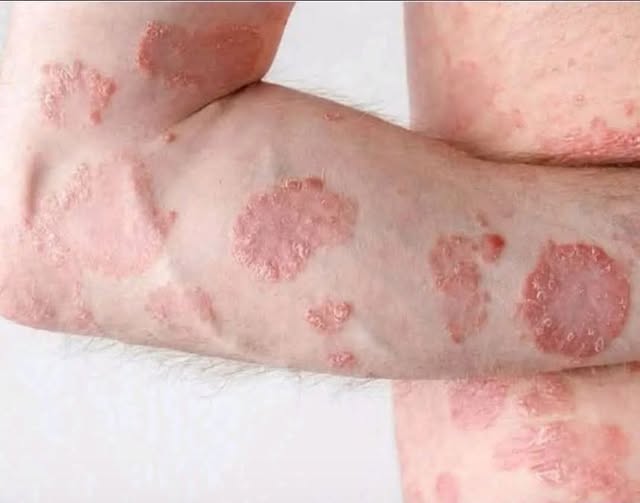Skin irritation in the groin area is a common issue that affects people of all ages and genders. This part of the body tends to be warm, moist, and often enclosed, making it a prime spot for various skin problems. Recognizing the causes, symptoms, and safe treatments is key to maintaining proper hygiene and skin health.
One of the most frequent problems in this area is ingrown hairs. These occur when a hair curls back into the skin rather than growing outward. The result is often red, itchy bumps that resemble pimples. In more severe cases, the area can become infected and develop painful, pus-filled sores.
Several factors contribute to ingrown hairs. Common causes include shaving, waxing, or plucking hair too closely; wearing tight clothing that causes friction; and having naturally curly or coarse hair, which is more likely to grow back into the skin.
Typical symptoms of ingrown hairs include small, round bumps—sometimes filled with pus—along with redness, inflammation, and persistent itching or tenderness in the affected area.
Treating ingrown hairs involves a few simple steps. Gently exfoliating the area can help free trapped hairs. It’s also helpful to avoid tight clothing and let the skin breathe. If there’s infection or persistent discomfort, applying warm compresses or using over-the-counter creams with salicylic acid or hydrocortisone can offer relief. In more serious cases, it’s best to consult a healthcare provider to prevent complications.
Taking preventive measures—like shaving in the direction of hair growth, using clean razors, and keeping the area dry—can significantly reduce the chances of irritation. Prioritizing proper skin care helps ensure both comfort and confidence.
